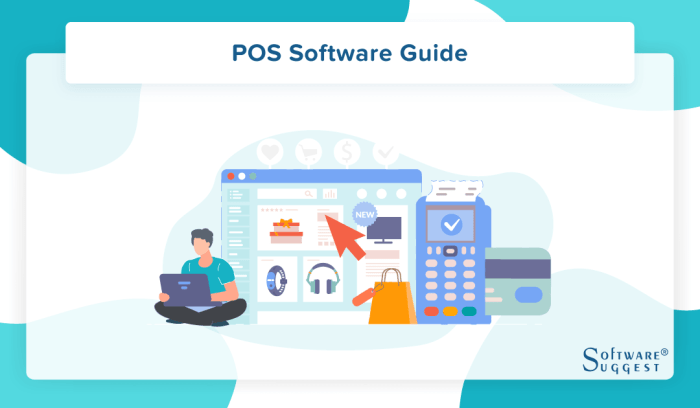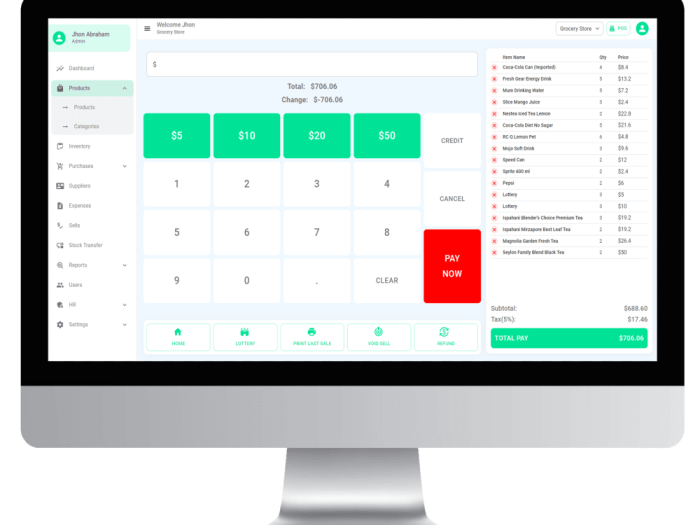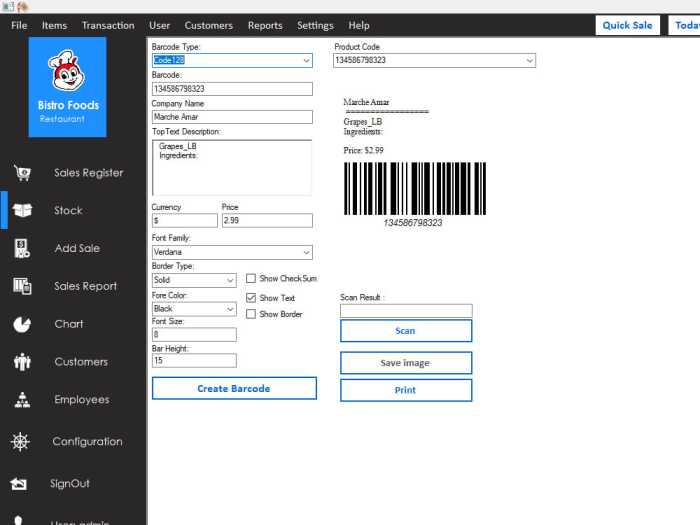Point of sale and inventory management software is revolutionizing how businesses operate. It streamlines processes, from handling customer transactions to tracking stock levels, ultimately improving efficiency and profitability. This powerful tool allows for real-time inventory updates, reducing errors and waste, while providing insightful reports that empower informed decision-making.

Source: amazonaws.com
The software’s intuitive interface simplifies tasks, ensuring employees can quickly adapt and utilize the system effectively. Features like automated order fulfillment and personalized customer interactions enhance the overall customer experience, driving loyalty and repeat business.
This article dives deep into the world of Point of Sale (POS) and inventory management software, exploring its benefits, features, and how it can streamline your business operations. We’ll cover everything from choosing the right system to integrating it with other crucial business tools. Understanding how these systems work is key to maximizing efficiency and profitability.
Understanding the Importance of POS and Inventory Management
In today’s fast-paced business environment, efficient inventory control and sales tracking are critical. A robust POS and inventory management system can significantly impact a business’s bottom line by:
- Reducing Costs: Minimizing stockouts and overstocking, thus saving money on storage, obsolescence, and lost sales.
- Improving Accuracy: Automated tracking ensures precise inventory levels and sales figures, minimizing errors.
- Boosting Efficiency: Streamlining order processing, customer service, and reporting makes daily operations more efficient.
- Enhancing Customer Experience: Faster checkout processes and accurate order fulfillment contribute to happier customers.
- Data-Driven Decisions: Providing detailed reports allows for informed business decisions based on real-time sales and inventory data.
Key Features of Effective POS and Inventory Management Software: Point Of Sale And Inventory Management Software
A good POS and inventory management system should offer a range of features. Look for systems that:

Source: cloudinary.com
Sales and Transaction Processing
- Order Taking and Processing: Efficient order entry, handling various payment methods, and generating receipts.
- Customer Management: Storing customer information, loyalty programs, and order history.
- Reporting and Analytics: Generating sales reports, analyzing sales trends, and tracking key performance indicators (KPIs).
Inventory Management, Point of sale and inventory management software
- Real-time Inventory Tracking: Monitoring stock levels, tracking item movements, and automatically updating inventory levels after sales.
- Barcode and QR Code Scanning: Speeding up inventory input and reducing manual errors.
- Inventory Forecasting: Predicting future demand to optimize inventory levels and prevent stockouts or overstocking.
- Low Stock Alerts: Automated notifications to replenish inventory before running out.
Additional Features
- Integration with Accounting Software: Seamlessly transferring data to accounting systems for comprehensive financial management.
- Customer Relationship Management (CRM) Integration: Connecting with CRM systems for better customer interaction and retention.
- Mobile POS Capabilities: Enabling sales transactions on the go for greater flexibility.
- Customizable Reporting: Tailoring reports to specific business needs for deeper insights.
Choosing the Right POS and Inventory Management Software
Several factors influence the best software choice. Consider your business size, industry, and specific needs when evaluating options.
- Budget: POS and inventory software costs vary significantly.
- Scalability: Ensure the system can grow with your business.
- Ease of Use: Choose software that is user-friendly for your staff.
- Support and Training: Reliable support and training materials are essential.
Frequently Asked Questions (FAQ)
- Q: What is the difference between cloud-based and on-premise POS software?
A: Cloud-based software is hosted on the vendor’s servers, while on-premise software is installed on your company’s servers. Cloud-based options are often more accessible and scalable, while on-premise offers greater control over data.
- Q: How much does POS and inventory management software cost?
A: Pricing varies based on features, functionalities, and vendor. It’s best to get quotes from various providers.
- Q: What are some popular POS and inventory management software options?
A: Many reliable options are available, including [insert examples of popular software].
Conclusion and Call to Action
Investing in a robust POS and inventory management system is a strategic move for any business looking to optimize its operations and improve profitability. By carefully evaluating your needs and choosing the right software, you can streamline your processes, enhance customer experience, and drive growth. Don’t hesitate to reach out to us for personalized guidance on selecting the perfect solution for your business.
Ready to elevate your business? Contact us today for a free consultation and discover how POS and inventory management software can transform your operations.
Sources: [Insert links to reputable sources on POS and inventory management]

Source: cloudinary.com
In conclusion, point of sale and inventory management software offers a comprehensive solution for businesses seeking to optimize their operations. By automating key processes and providing valuable data insights, this software empowers businesses to focus on growth and success. It’s a critical investment for any organization aiming to thrive in today’s competitive market.
Commonly Asked Questions
What are the typical costs associated with implementing this software?
Implementation costs vary depending on factors like the size of the business, the specific features required, and the chosen vendor. Often, businesses can factor in the cost over time based on increased efficiency and reduced manual labor expenses.
How does the software integrate with existing systems?
Many point of sale and inventory management software solutions offer seamless integration with existing accounting software and other business applications. This eliminates data silos and allows for a more unified view of business operations.
What training resources are available for using the software?
Most vendors provide comprehensive training materials, including online tutorials, user manuals, and potentially in-person workshops to ensure a smooth transition for staff.